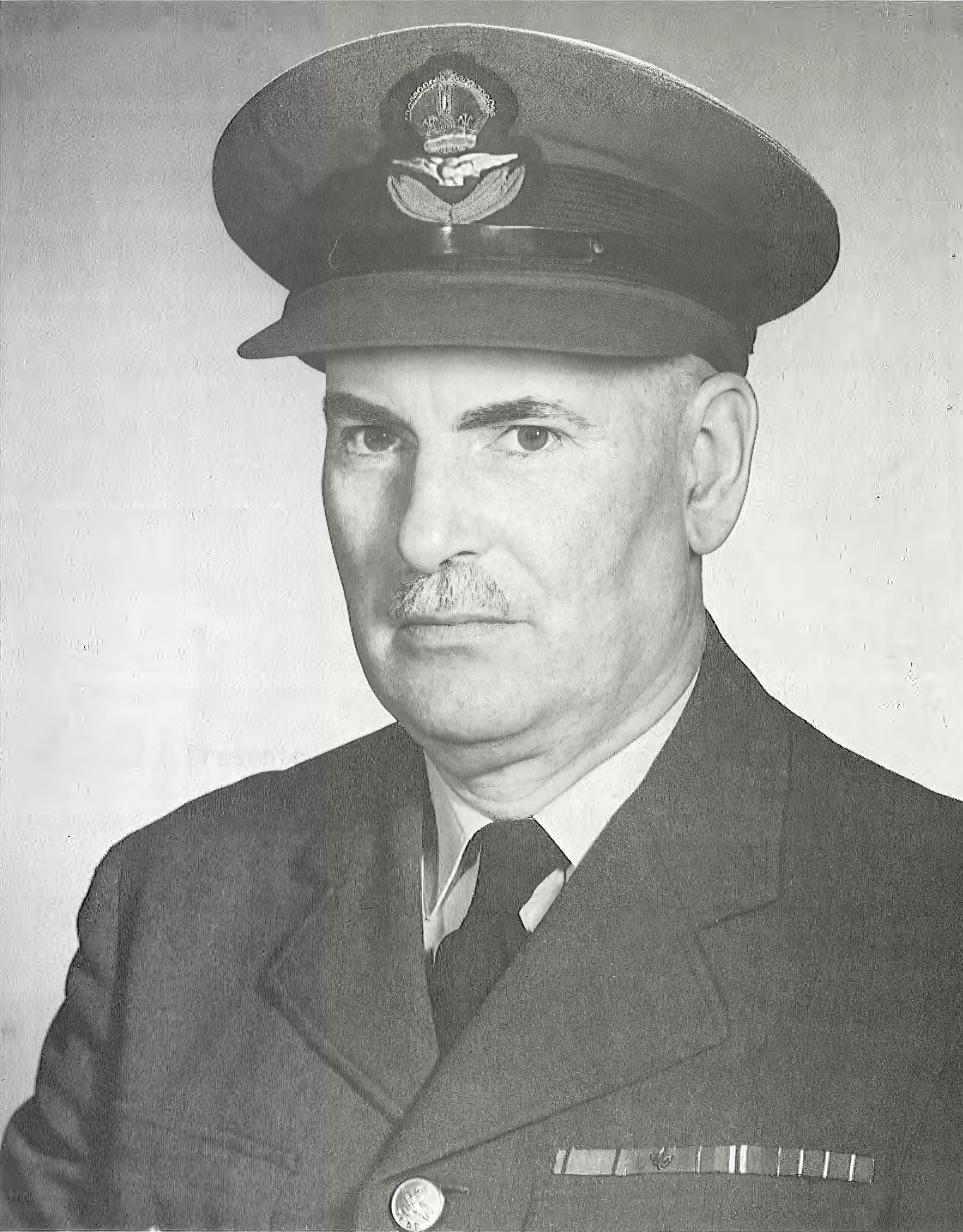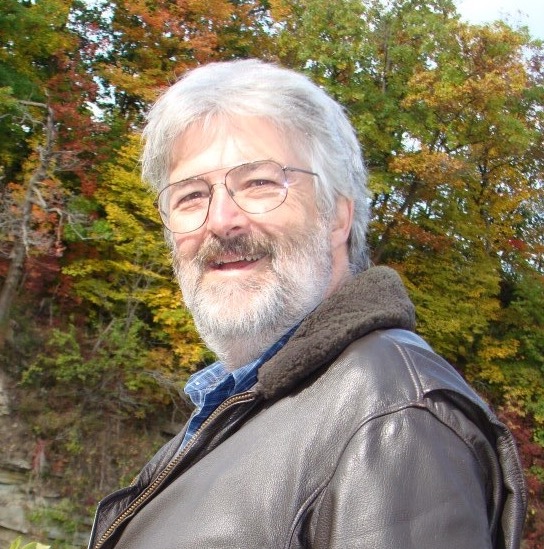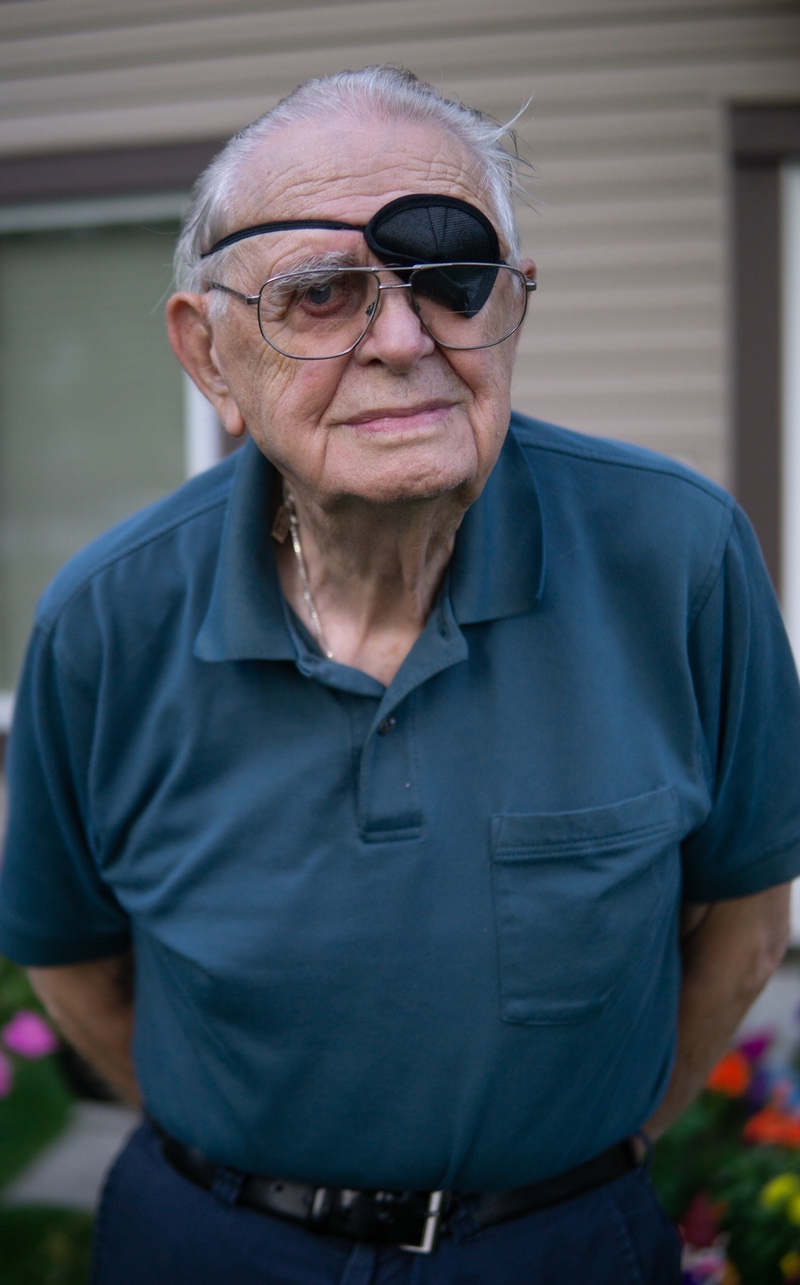Recognized Canadian Air Military Historians
The CASPIR database has relied upon and recognizes prominent Canadian Military Aircraft Historians.Aircraft Historians
John Griffin

John joined the RCAF in October 1941 and served until September 1945. He saw service overseas for 2 years in West Africa and India with 200 Squadron RAF, a Liberator pilot with Coastal Command. After the war, his career was with General Electric and later Industry, Trade and Commerce in the Aerospace Division until retirement. An Aviation historian, early President of the Canadian Aviation Historical Society. Author and long time volunteer at what is now the Canada Aviation and Space Museum.
John amassed two seminal works on Canadian military aviation history:
- Canadian Military Aircraft: Serials and Photographs 1920-1968, published 1968
- Canadian Military Aircraft: Aircraft of the Canadian Armed Forces: Serials and Photographs 1968-1998, published 2005
The research material for these two book was signifcant and is now housed in the Griffin Library, part of the RCAF, in Winnipeg Manitoba.
John Passed away in 2008.
CASPIR has relied heavily on these two publications.
A Detailed Tribute to John A GriffinFred Harvey Hitchins

by Frederick H. Armstrong and A.M.J.
Hyatt Fred Hitchins was a teacher, scholar and senior air force officer, yet he possessed none of the pomposity which so often afflicts teachers and military men and he h~d no trace of the arrogance that frequently afflicts sc holars. He was a quiet and unassuming man whose qualities became more obvious as one knew him longer.
Fred was born and died (10 July 1904 - 13 November 1972) in London, Ontario, where hi s first and last historical research was done in the library of The University of Western Ontario . As an undergraduate he was taught by the first historian at U.W.O. to achieve an international reputation, Fred Landon. After graduation, in 1923, he returned to Western to write a master's thesis on emigration to Canada 1800-67 under Landon's direction. From 1925 to 1928 he was a doctoral student and assistant instructor at the University of Pennsylvania. He received his PhD in 1930 and his dissertation, "The Colonial Land and Emigration Commission," was publi shed in 1931. Professorial jobs w ere scarce everywhere in those difficult times and practically non-existent in Ca nada. Fred Hitchins happily joined the faculty of the Wa shington Square campus of N ew York University in 1928 where he was to remain until the Second World War. Although he taught European history, Fred had already developed a love for aeronautical research and began publi shing articles on the subject in 1931. His interest grew while he remained in New York.
Scholarly interest was replaced by more active association with aeronautics in 1941 when Fred left the academic world to become an airman. Joining the R.C.A.F. he underwent training at Brandon and Regina . For a short time he was an instructor at Summerside, P.E.I. Shortly, however, Fred's know ledge of history wa s put to use when he was sent to England in October, 1941, as the first member of the R.C.A.F.'s hi stori cal section to be attached to the Air Force's overseas headquarters. For two years Fred worked in Aberystwyth, Wales, with the British Air Ministry's Historical Branch. During this time he began both coll ecting the material for an official history of the Royal Canadian Air Force and making notes on individual Canadian air aces which grew eventually into an extensive file of Canadian airmen in both world wars. In November, 1943, Fred returned to Canada to begin the preparation of the official R.C.A.F. history. He was also pressed into service preparing a number of pamphlets and booklets which were published almost immediately . It had been agreed that the historical section should concentrate for the time being on a "popular" account of the R.C.A.F. which, in the words of the.Hon . Mr. C.B. Power, Minister of National Defence for Air, would be "based only on such records as can now be revealed without endangering security." Fred Hitchins did much of the work for all three of the volumes which were produced as The R.C.A.F. Overseas (1944-49) . In addition, Wing Commander Hitchins, as he was promoted in 1945, also wrote Among the Few (1948), an account of the Canadian Airmen in the Battle of Britain, and the R.C.A.F. Logbook (1949), a short but useful chronology of the R.C.A.F. overseas. Fred's main work, however, was preparing for the longer official history which was the victim of postwar cutbacks. Though bitterly disappointed at the decision not to proceed with the air history, Fred continued to collect material and prepare narratives, which have enormously benefitted his successors who, thirty years after the war, are about to publish the official history of the R.C.A.F.
In 1960 Fred Hitchins retired from the Air Force and returned to teaching and to his undergraduate university. Fred's wife (Beatrice Lorine Jones) had died in 1958 and he faced a new career without the partner of 27 years. Yetfor ten years he taught Canadian and European history and enriched the education of a generation of students and colleagues. Student radicals of the 1960's found Fred Hitchins implacably opposed to their notions of destroying the established order, but sympathetic to their idealism. He did not share the aspirations of young colleagues to produce a new society, but he helped them in innumerable ways . To solve a difficult organizational problem he became Acting Chairman of the history department and was able to break down the intransigence of his senior colleagues with humour and good nature.
In 1970 Fred retired for a second time to devote himself to r esearch and to hi s magnificent library, which is now fully catalogued. The range of his interests can be gauged, but not fully understood, from the description of that library which follows. Fred's scholarship, and his library, will ensure his remembrance among scholars, but his friends are likely to recall him for his gentleness, his generosity and his genuine love of the past. Fred Harvey Hitchins was a sceptic but not a cynic. With his death the historical profession has lost one of its least assuming, yet most adept members.
Hitchins Collection Archives at Univerity of western Ontario
Bill Walker

Bill Walker amassed over 250,000 aircraft serial records, RCAF, RAF, USAAF, USAF and many other Air Forces. CASPIR references approximately 40,000 Canadian records. Much of Bill Walker's work expanded on the work of John Griffin. Bill passed away in 2016, after giving his work to the Canadian Warplane Heritage Museum. We hope he would have approved of our expansion.
Personnel Data Historians
These historians did much more than just peronnel histories, however CASPIR relied on their work on Canadian personnel.
Hugh Halliday

Hugh A. Halliday (1940 - ) was born and educated in Manitoba. He holds a BA from the University of Manitoba (1961) and an MA from Carleton University (1965). In 1961 he joined the RCAF and was employed as a staff officer in the Air Historian Section and subsequently in the integrated Directorate of History, Department of National Defence. In 1968, he left the forces to teach at Niagara College of Applied Arts and Technology in Welland, Ontario. He joined the staff of the Canadian War Museum in 1974 and served in appointments including that of Curator of War Art (1976-1985). He retired from the museum in 1995.
He is the author or compiler of several studies related to RCAF history and Canadian airmen bearing the following titles: Chronology of Canadian Military Aviation (1975), The Tumbling Sky (1978), 242 Squadron: The Canadian Years (1981), Woody: A Fighter Pilot's Album (1987) and Typhoon and Tempest: The Canadian Story (1992). With Larry Milberry he co-wrote The Royal Canadian Air Force at War, 1939-1945 (1990), while with Brereton Greenhaus he wrote Canada's Air Forces (1999). He is also the author of numerous articles on military subjects, Canadian war art, and shipwrecks. His book The Wreck of the Lady of the Lake and Other Stories From the Age of Sail was self-published in 1974. More recently, Wreck ! (1997) deals with Canada's worst railway accidents. Murder Among Gentlemen (1999) covers the history of duelling in Canada. Not in the Face of the Enemy: Canadians Awarded the Air Force Cross and Air Force Medal, 1918-1966 (2000) deals with a variety of feats rewarded with these two decorations. Another work: Valour Reconsidered: Studies of the Victoria Cross and Other Awards for Bravery (2006), dealt with questions as to how major gallantry awards are bestowed. More recently he has collaborated with Larry Milberry in The Noorduyn Norseman, Volume I (2015) and Fighter Pilots and Observers, 1915-1939 (2019).
Les Allison

Les Allison along with Harry Hayward authored They Shall Grow Not Old. This lengthy document listed the names and stories of those men who perished in Canada's air war from 1939 to 1946.
Les was an RCAF WWII veteran serving in England, Belgium, Denmark and Germany. Postwar he joined the Wpg Rifles Band while taking his Agriculture Diploma at U of M.
He then farmed the land that his family homesteaded in 1879, moving on to piano tuning and restoration. Les & Phyll shared a life long love of music that they passed on to their children and grandchildren. He played cornet in dance and community bands including the Prairie Red Coats.
Les's lifelong passion was to commemorate the Air Force. In 1978, after 8 years of research, he published Canadians in the Royal Air Force. In 1992, his 10 years of research for the Brandon Commonwealth Air Museum ended with their publication of They Shall Grow Not Old. In 2002 he was a contributor to Geographical Names of Manitoba and A Place of Honour. He was awarded the Queen's Diamond Jubilee Medal.
Les Allison passed away in August 2017.
Harry Hayward

Harry Hayward partnered with Les Allison in producing They Grow Shall Not Old.
Harry Hayward grew up in Foxwarren Manitoba when his love of the RCAF was born. When he was just 9 years old, an Anson Mark 5 made a successful emergency landing near the school. All anyone talked about then was the war and Harry just experienced first hand what all the talk was about.
Harry was too young for the war but that did not stop him from his continued interest and was one of the founders of the Commonwealth Air Training Plan Museum in Brandon Manitoba 1980.
Harry collaborated with Les Allison in producing They Shall Grow Not Old, which began in 1984. After working a full day at MTS (Manitoba Telephone System) he would then spend many hours in his basement office compiling the information that Les provided. With the love and support of his family, especially his wife Pearl, Harry (and Les) put together the most comprehensive detailed list of names of the men who perished in Canada's air war from 1939 to 1946. Shortly after the book was published, both Harry and Les received the Distinguished Service Award from the Air Force Association of Canada in recognition of outstanding and distinguished service.
Harry is still active with the Commonwealth Air Training Plan Museum and is currently working on WWII RCAF Daily Diaries from Heritage.Canadiana.ca and converting them to searchable pdfs. Harry and Pearl, his wife of 72 years, still reside in Brandon Manitoba. submitted by Helena Gills
Samuel Kostenuk
Samuel Kostenuk was born and raised in Ottawa, and served with the RCAF from 1951 to 1958 as an air crew radio officer. He joined the CBC in 1959, and was assigned to Winnipeg.
An enthusiast of military organizations, in the years after leaving the RCAF, Kostenuk maintained his particular interest in Canadian Military aviation history. The book RCAF Squadrons and Aircraft is a product of fifteen years of careful research ito all the available documents bearing on the history of the RCAF Squadrons.
Samuel Kostenuk passed away in 1984.